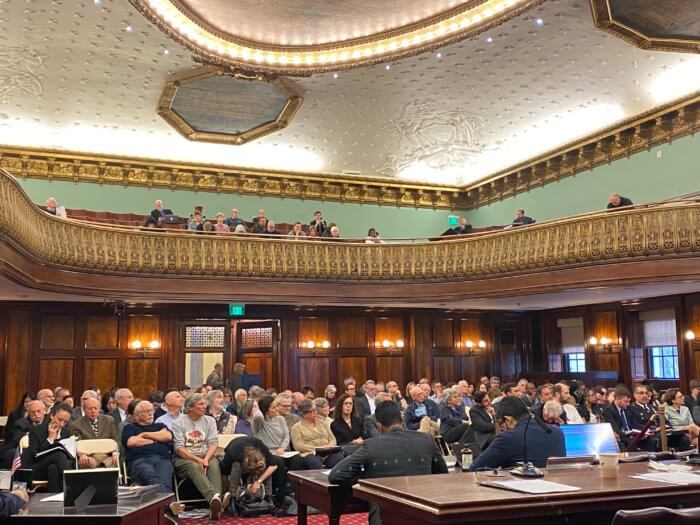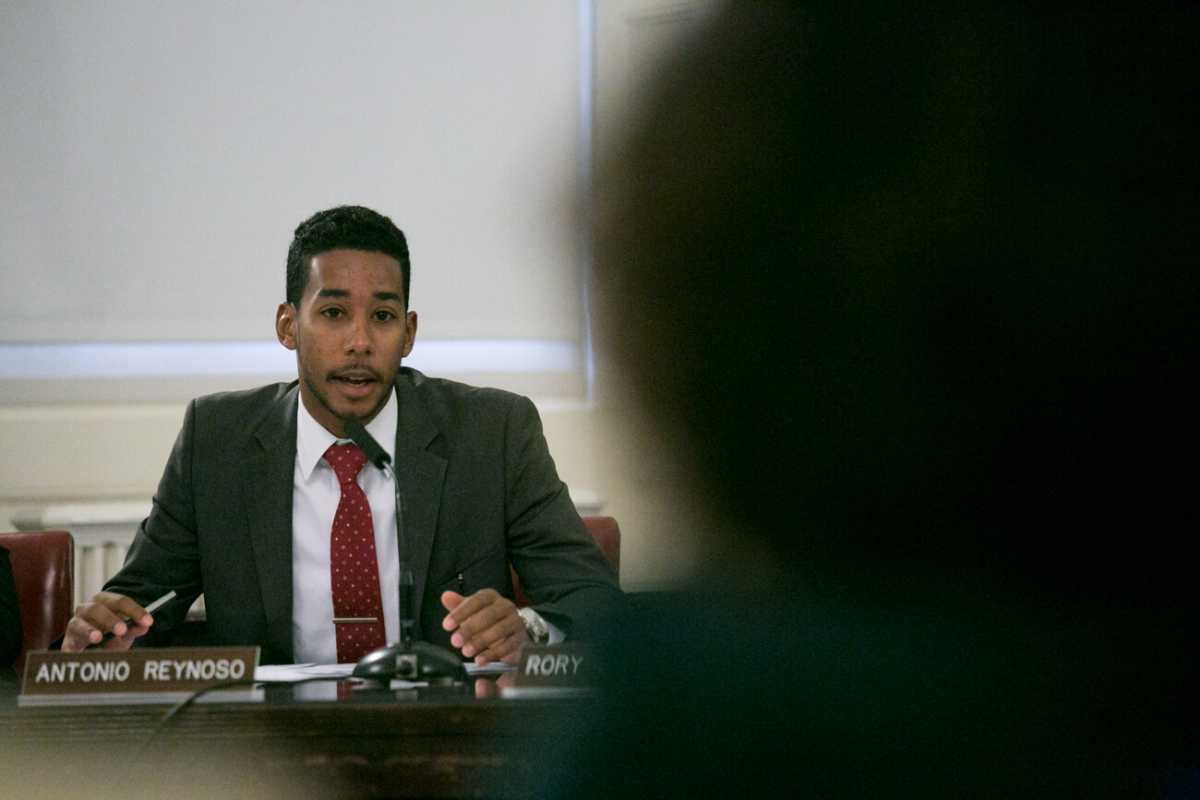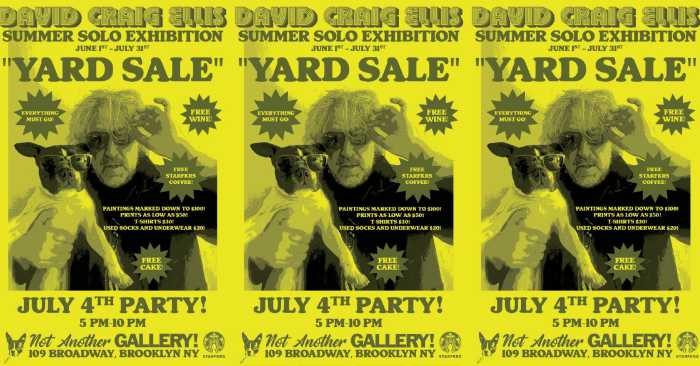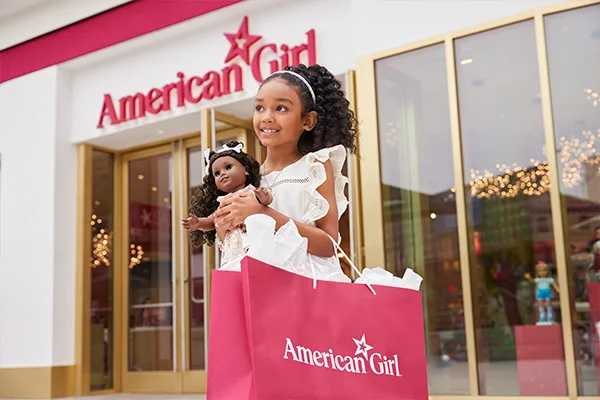A Williamsburg councilman accused Mayor Bill de Blasio of favoring white, affluent neighborhoods of the borough when it comes to fixing the ailing Brooklyn-Queens Expressway at an oversight hearing of the repair project Tuesday.
“The difference between what you’re doing is that you’re doing it in a white affluent district and the one we were doing it in was a poor black and brown district,” said Antonio Reynoso.
The lawmaker scolded the city’s lame duck mayor for rejecting his requests in 2016 to cover three blocks of the highway between Rodney Street and Marcy Avenue near the Williamsburg Bridge with a park — known as BQ Green — by putting a hefty $1.2 billion price tag on it, only for his Department of Transportation to propose shelling out $3.6 billion to fix the crumbling triple cantilever section wrapping around the wealthy enclave of Brooklyn Heights in 2018.
“Of course the last thing the mayor wants to do is invest in poor black and brown communities at this point if they’re willing to throw out a number like $1.2 billion to persuade us to stay away from decking the BQE,” Reynoso said. “We have the least amount of park space, the park space that we do have is on either side of the BQE.”
The lawmaker said that he commissioned a study in 2016, which found that the park would cost only $200 million, similar to the cost of Klyde Warren Park in Dallas, Texas, which decks over two blocks of freeway there.
Reynoso voiced his criticisms at a hearing in City Hall to discuss a Council-commissioned report by engineering and design firm Arup, which advocated boring an $11 billion tunnel from the Prospect Expressway to Bedford Avenue, creating a bypass for traffic beneath well-heeled brownstone neighborhoods.
The plans would call for the triple cantilever from Atlantic Avenue to Sands Street to be torn down and to deck over the roughly three-quarter-mile trench where the expressway runs through Cobble Hill and Carroll Gardens to allow for a so-called “urban boulevard” featuring bike and bus lanes.
That plan proposed via the Council report could cost as much as $11 billion, and would deck over a far longer section than the scheme Reynoso requested, the legislator complained.
“The decking over the areas south of my district is three times the size we’re asking for,” said Reynoso.
Proposals to revamp the BQE have focused on the triple cantilever structure, which is rapidly deteriorating and will become unsafe by 2025, according to a report released by an mayoral expert panel last month.
Several proposals, including by Comptroller Scott Stringer and renowned architecture firm Bjarke Ingels Group have included sprawling urban parks along the tiered structure and the trench to its south, while ignoring the interstate highway in poorer communities further north and south.
The chair of the Council’s Transportation Committee, Councilman Ydanis Rodriguez (D–Manhattan) echoed the concerns that working class Brooklynites were left out of the conversation about the BQE, noting that it was easier for wealthier residents to push for improvements, including the many residents — mostly white — that packed into the City Hall hearing room in the middle of a weekday.
“When I look at the room, it’s packed, there’s no diversity here and for me it’s a challenge,” said Rodriguez. “I want to highlight the importance [that] underserved members of the area are listened [to] loud and clear. That they also get engaged in this conversation, before we finalize any plan or how we’re going to be fixing the BQE.”

One Sunset Park pol asked a senior rep of Arup whether the firm could also provide an analysis for his nabe, where the elevated highway section has ravaged low-income communities for decades.
“You really want us to look at the whole corridor, and not just Brooklyn Heights, to really think about how we can make multiple communities part of this discussion,” said councilman Carlos Menchaca. “Red Hook and Sunset Park are about 3.5-4 miles of the corridor, and so, is there in your contract the ability for us to have conversations about this post, or do you just kind of disappear from here on out.”
Trent Lethco, a principal of Arup said that the firm would be willing to meet with both Menchaca and Reynoso to analyze the sections of the highway in their districts.
“If you would like us to come out and give a presentation, we’d be happy to do that,” Lethco said.
The mayor’s office did not immediately respond to a request for comment.





















